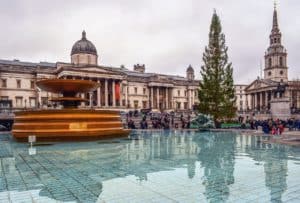8 Major Ancient Pagan Holidays With Modern Adaptations

Updated On: April 23, 2024 by Miranne Khaled
Our modern world is more diverse than ever. Yet, monotheistic religions seem to have the upper hand when it comes to spirituality and beliefs, leaving paganism stranded in the ancient history pages. With that being said, the definition of paganism has evolved throughout the years. Thus, instead of describing the worship of multiple gods and goddesses, it somehow represents those with no interest in God or divine figures.
But, who were the pagans really? There are several facades to this once-powerful belief system, with each culture worshipping its own deities. With the arrival of Christianity in Europe and Islam in Arabia, the pagan belief system started waning, wiping out their common rituals and godless pagan holidays, or so we believed.
It may come as a surprise to many, but several of the holidays and festivals we celebrate today are linked to ancient rituals of pagan holidays. Celebrations have always been part of the lives of humankind; be they the change of seasons, tidal change, or commemoration of a significant figure, there was always something to drink a toast to.
Let’s take the time to delve deeper into the pagan holidays celebrated by different cultures and unknowingly continuing to our modern days:
1. Bealtaine – May Day
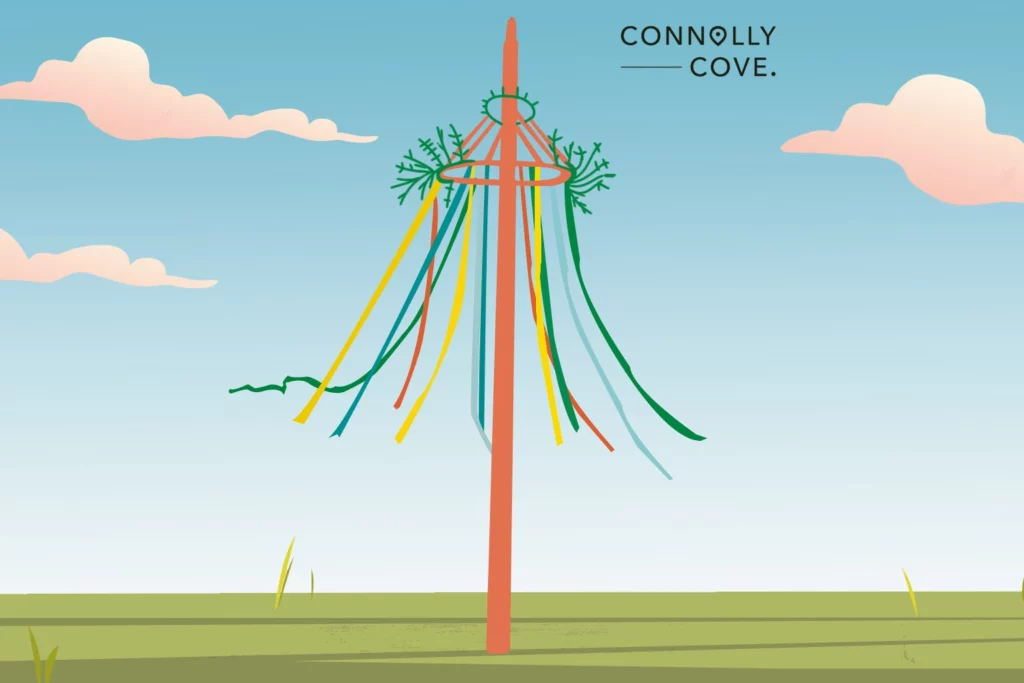
The Celtic culture is one of the world’s most ancient cultures, spreading in several parts of Western Europe. However, this culture is mainly associated with Ireland, Scotland, and parts of Great Britain, where traces of the ancient Celtic or Gaelic languages remain today. Paganism was at its peak among the Celtic nations before Christianity arrived in Europe and took over. Interestingly, remnants of these rituals still appear in today’s modern celebrations.
Bealtaine was a major Celtic pagan holiday that celebrated the end of winter and welcomed the gentle breeze of spring. That holiday was held on the first of May, where dancing and games took place along with the popular decorated Maypole. It rings a bell, doesn’t it? Well, the modern version of this pagan holiday is May Day. While people today hold the same rituals for the sake of celebrations, in ancient times, they believed that they brought fortune and good harvests.
2. Samhain – Halloween
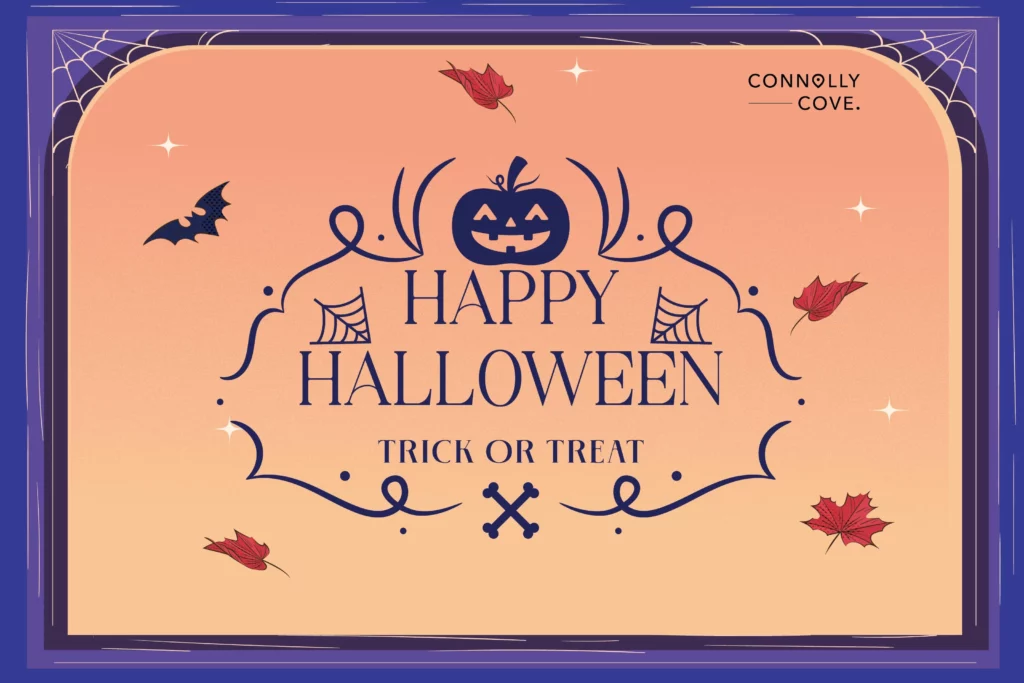
There were four major Celtic pagan holidays celebrated in ancient times, with each of them representing each season of the year. Samhain was among those four holidays, marking the end of summer and the start of the year’s darkest part. It occurred on the night of October 31st and was held for the first two days of November.
The end of the harvest season made them associate it with death. While the origin of Halloween has always been debated, many seem to agree that it derives from the famous Celtic pagan holiday, Samhain. They believed evil spirits were able to pass the barriers between the realms. For that very reason, the notion of scary costumes emerged, considering it was essential in warding off evil spirits.
3. Yule – Christmas Eve

Norse paganism was a religion centred in Scandinavia, with the famous Viking warriors being its prominent practitioners, worshipping their famous Viking gods, Odin and Thor. Some pagan rituals influenced early Christianity before paganism started to fade away. This explains the similarities between Yule, a Norse pagan holiday, and Christmas. Yule was commonly known as Yuletide, taking place on the eve of December 21st and lasting for 12 days.
In Yule, people would burn a log for 12 days, believing that the sun stood still during those days, and the burnt log supposedly called out for the sun, so the days became longer again. Ancient Egyptians were said to celebrate the same pagan holiday, but instead of burning trees, they decorated them, bringing the concept of the Christmas tree to life. It’s pretty surprising to learn that the most anti-paganism Christian holiday actually stemmed from some of the ancient pagan holidays.
4. Eostre Goddess Celebrations – Easter Day
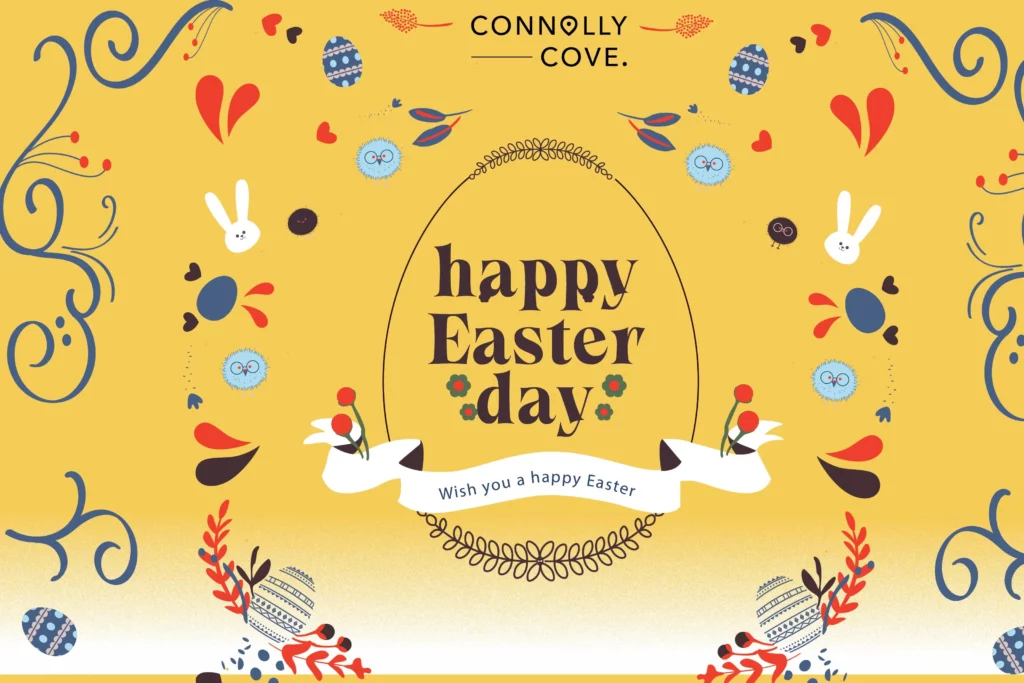
Before Christianity struck Europe, most of the European tribes were pagans, including the Anglo-Saxons. Although they were quite different from the Vikings, they shared many similarities regarding paganism, worshipping the same gods but with other names. In our modern days, Easter is a worldwide festival that Christians from all over the world celebrate. Although it’s unrelated to Christianity, the festival is more commonly associated with Christians.
Easter Day marks the beginning of the spring season, and it derives from one of the ancient and most prominent pagan holidays of the Anglo-Saxons that celebrated Eostre, the goddess of fertility. Eggs and bunnies were the main symbols of that festival, for eggs represent fertility, or women’s ovulation cycle and rabbits are known to be fast breeders.
5. Pharaohs’ Coronation – Personal Birthdays
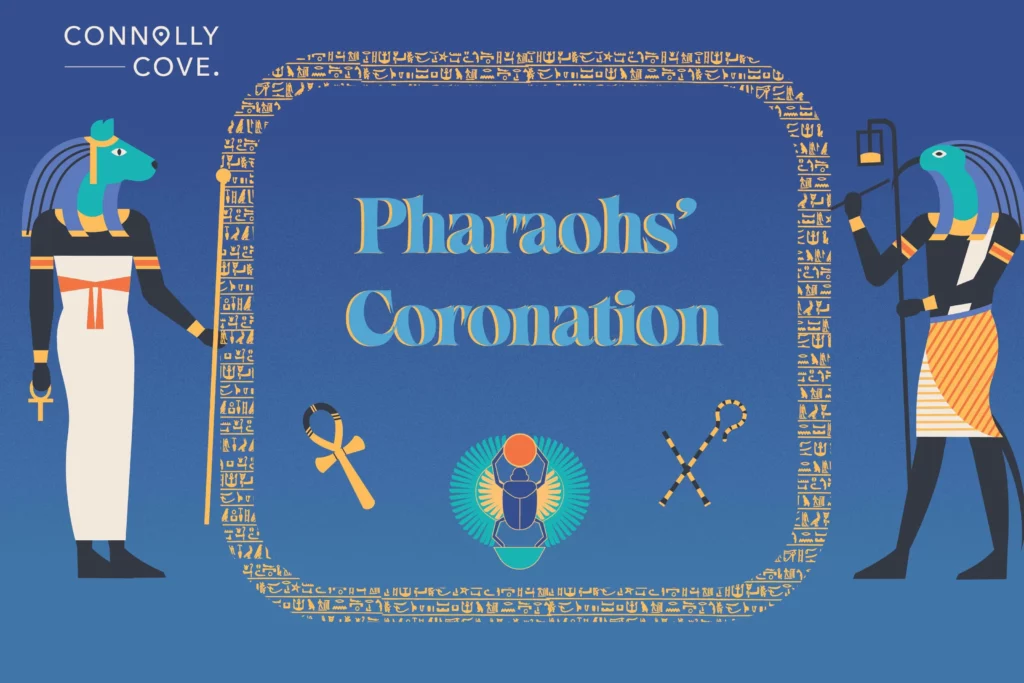
When calendars were still not invented, ancient people used the sun and the moon to keep track of time. Thus, the concept of birthdays was nonexistent at the time. Although birthdays are not particularly holidays, they’re still pagan rituals that go back to ancient Egypt. Ancient Egyptians were the first to create that notion, yet they didn’t celebrate the birthdays of commoners. Instead, a crowned Pharaoh was believed to be reborn as a god; thus, his new birth was celebrated.
Later on, the concept of celebrating someone’s birth spread all over the world, becoming a common tradition in the present times. Ancient Greeks also contributed to the birthday rituals, making candle-lit cakes part of the celebration. They made moon-shaped cakes with candles to resemble the radiance of Artemis, the lunar goddess. Blowing a candle with a silent wish was their unique way of speaking to their goddess.
6. Lupercalia – Valentine’s Day

Valentine’s Day has always been associated with Cupid, the Roman God of love, which clearly indicates where this celebration comes from. This universal festival offers people the unique opportunity to express their deepest emotions while finding the excuse to dress in red and buy plenty of chocolate and flowers. In fact, Valentine’s Day is the modern take on Lupercalia, an ancient pagan holiday that was celebrated in Rome.
Contrary to the romantic ambience of this day, it began with a not-so-romantic notion, where priests sacrificed animals and used their tails to whip young ladies. They believed that the sacrificed animal would increase the chance of pregnancy. The name came from the martyrdom of two men, both named Valentine, who Emperor Claudius II executed on February 14th in different years.
7. The Greek Celebrations of Rhea – Mother’s Day
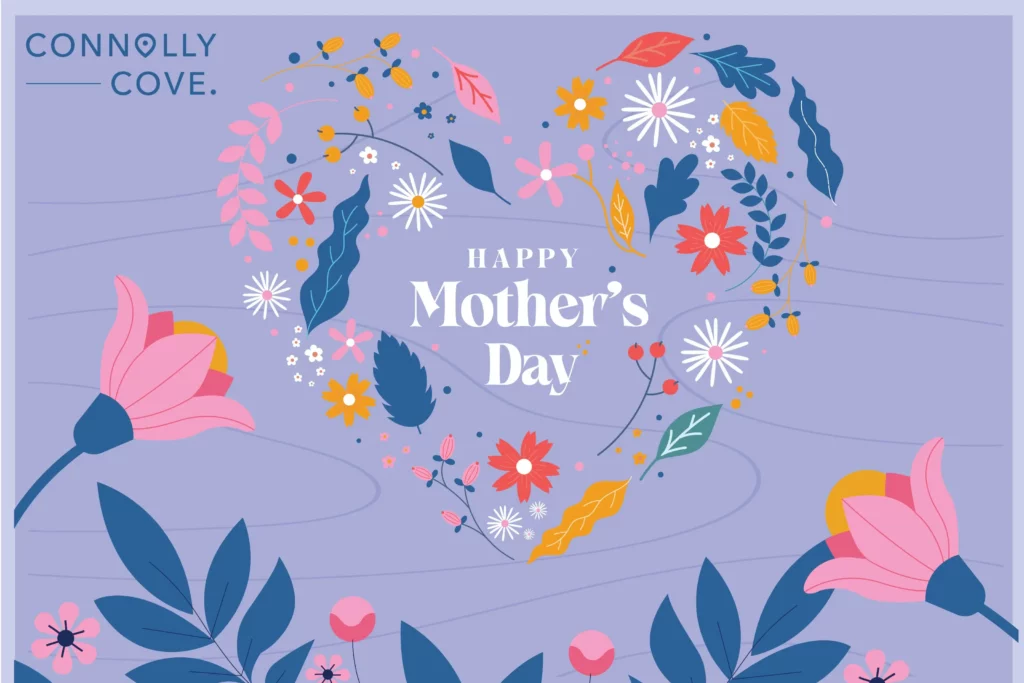
Just like universal festivals that occur around different parts of the world, Mother’s Day also happens to be originally one of the ancient pagan holidays. Mother’s Day never had any roots in any heavenly religions; it’s one of the pagan holidays held by the Greeks, who each spring honoured the Mother of Gods, Rhea, who was also, according to Greek mythology, the daughter of Mother Earth.
The pagan holiday took place on the second Sunday of May, typically like the modern Mother’s Day in different parts of the world. In the Arab World, Mother’s Day takes place on March 21st, which marks the beginning of spring. Despite the different dates of that motherly celebration, it always falls somewhere in the spring, representing fertility and fruitfulness.
8. Mictecacihuatl: The Aztec Goddess of Death – The Day of the Dead
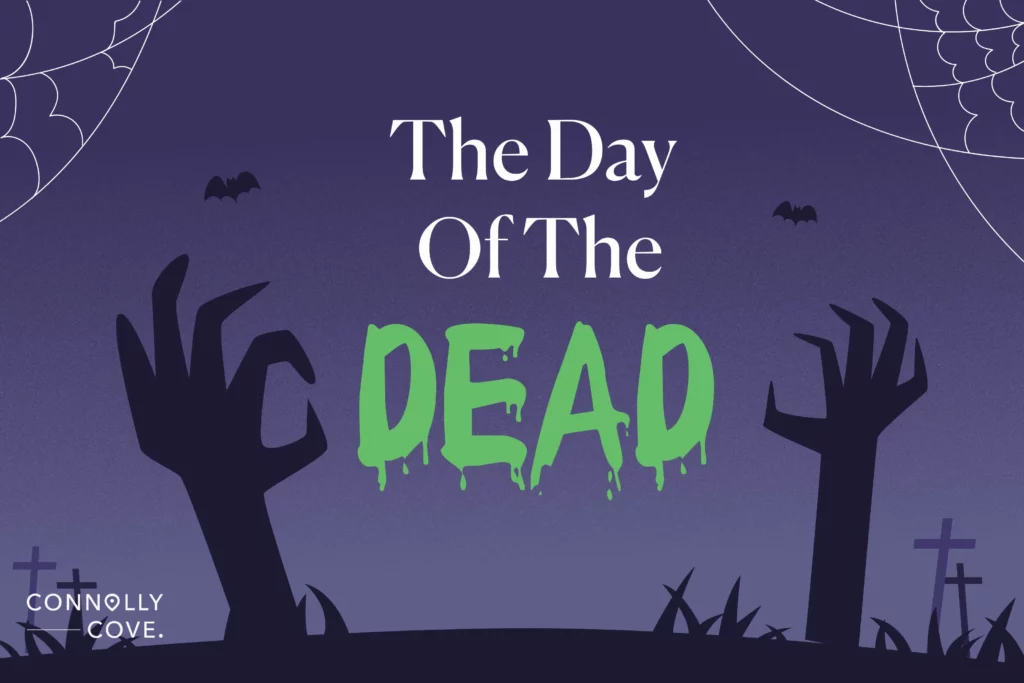
The Day of the Dead is one of the prominent celebrations of the Hispanic heritage that takes place every year at the beginning of autumn, on October 31st. Although it’s known to be a celebration held in South America and Central America, Mexico dominates the scene when it comes to El Dia de Los Muertos. It’s commonly associated with Halloween hence the death themes, skulls, and painted faces.
The only similarity between the Day of the Dead and Halloween is their shared date, but they both have utterly opposite concepts. The Day of the Dead celebrates life rather than death, believing that the spirits of the deceased family members visit the living and share a beautiful reunion. Though Christian Hispanics of the modern world are the ones to celebrate that day, little do they know that it stems from one of the Aztec’s ancient pagan holidays, dedicated to Mictecacihuatl, the goddess of death.
Legends have it that the goddess was buried alive as a baby but managed to survive in the underworld. The Aztec representation of the goddess usually featured flayed skin and a skull, which explains the remarkable bone and skeleton symbols today. According to Aztec mythology, bones weren’t only a symbol of death, but they were also essential for the dead to resurrect from death on the Day of Judgement.
While paganism seems to be something from an ancient concept from a bygone era, it surprisingly managed to withstand the test of time, influencing modern society in many aspects. Today’s people may not embrace the once-powerful belief system, but many pagan holidays have been thriving in a new form, bridging the gap between the past and present.
Share with us the unique celebrations of your culture or religion that are also rooted in ancient pagan holidays and have endured through time.





